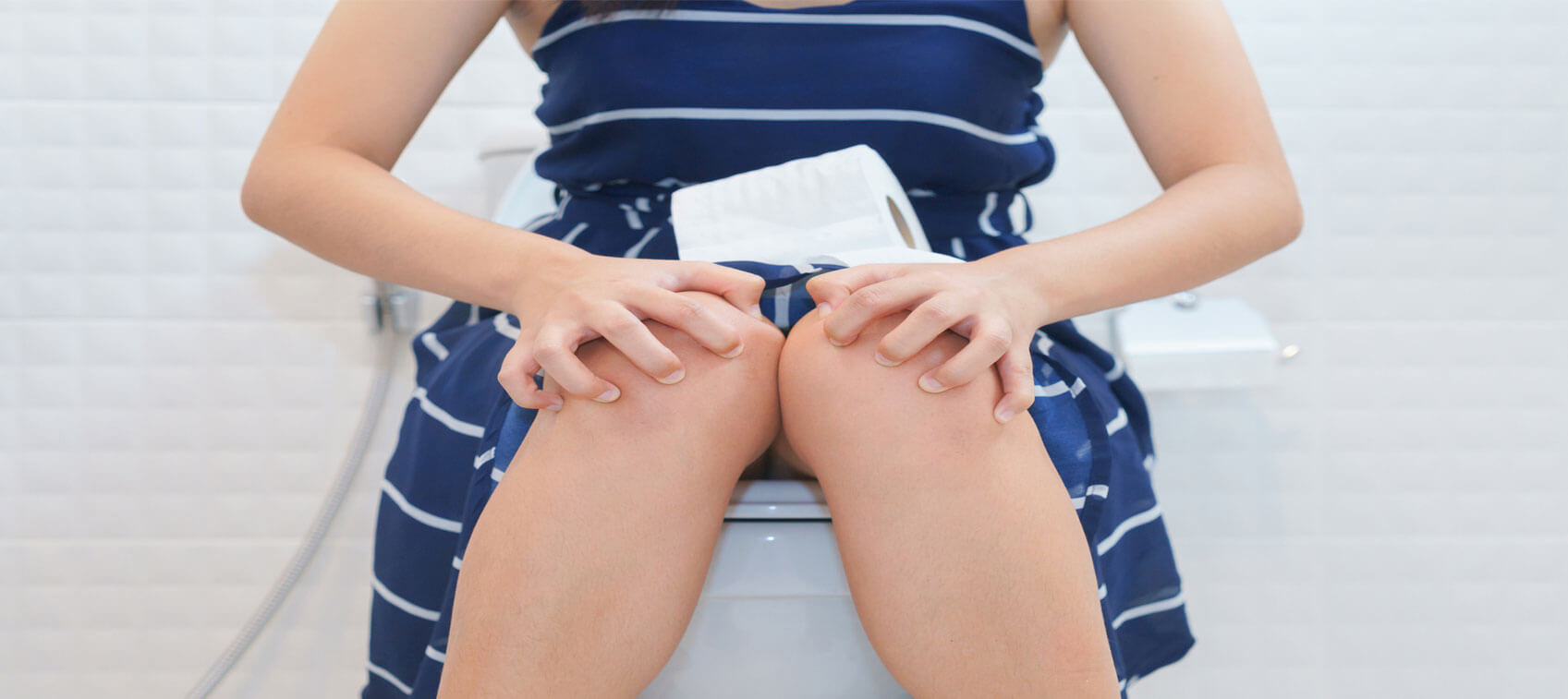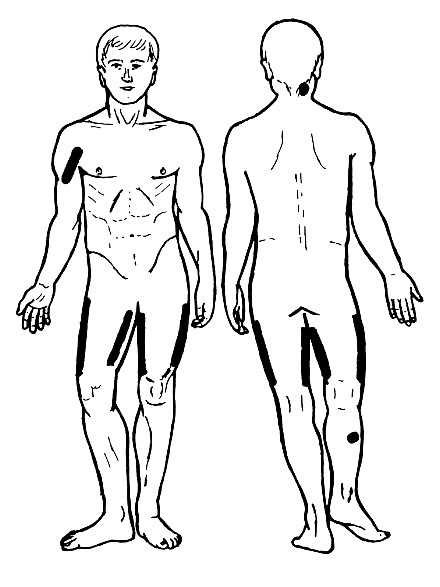
If you're not moving your bowels at least once a day, and ideally two or three times a day, you are suffering from constipation. After all, you eat three meals daily, and each meal creates its own waste products that need to be eliminated.
Rather than taking laxatives to help relieve constipation, you should first determine the root cause. Below are the top causes of constipation and what can be done to relieve them.
Lack of Fiber
We need a minimum of 25 to 30 grams of fiber daily to stave off constipation. Unfortunately, modern food processing techniques often remove the fiber from food. As a result, many of us get less than 20 grams a day. For this reason, adding more fiber to your diet will by far provide the best relief for constipation.
Eating oats is one of the best ways to add fiber and relieve constipation. Oats contain both soluble and insoluble fiber—8 grams in one cup of uncooked oatmeal. In addition to containing the most soluble fiber of any food (55 percent), oats contain 45 percent insoluble fiber. Insoluble fiber is the portion of the plant that can't be broken down by your digestive system. Insoluble fiber helps constipation because it absorbs water and swells, making the stool bulky, soft, and easy to pass.
When you buy oats, don't get instant oatmeal, which has already been partially cooked and often contains sugar, salt, or other ingredients. "Old-fashioned oats" take a little longer to cook, but the 15 minutes will be well worth the wait. Also, I wouldn’t buy oats in large quantities. The beneficial fats in oats can go rancid with time. Fresh oats should smell fresh. Generally, if they are in an airtight container in a cool, dry, dark area, you can expect them to last about two months.
Flaxseed is another great option for constipation relief. Whole flaxseeds contain anywhere from six to 12 percent mucilage. Mucilage is a slimy, gum-like compound that provides a temporarily soothing and protective coating along the entire digestive tract. It provides both bulk and softness to stool.
Keep in mind that if the flaxseeds aren't crushed, ground, or broken, they will pass through your system intact and you'll lose the benefits. I recommend grinding the seeds in either a small coffee grinder or a blender. (If you intend to use a blender, adding a bit of water or liquid to the seeds will make the blending process much easier.) Grind the seeds just prior to using them. If you don't consume the ground powder rather quickly after grinding, you risk the chance of the precious oils oxidizing and going rancid.
Finally, when adding more fiber to your diet, it's important to make sure you are drinking plenty of water. The fiber in flax soaks up water like a sponge. While this action is great for promoting soft stools and relieving constipation, it could actually cause constipation without adequate consumption of liquids.
Closed Ileocecal Valve
The ileocecal valve is located between the small and large intestine. Basically, it's in the same area as the appendix and many times what is thought to be an appendix problem is, instead, a problem with this valve.
This little valve has two very important jobs to do. First, it serves as a block that prevents the toxic contents of the large intestine from backing up into the small intestine. Second, it keeps the food products in the small intestine from passing into the large intestine before the digestive processes have been completed. This valve can at times become either "stuck shut" or "stuck open." When this valve sticks shut, feces stays in the small intestine, unable to move any further. This back-up causes constipation.
There are a few common reasons why the ileocecal valve doesn't always work right. Sometimes spicy or roughage-type foods will irritate the valve and cause it to get stuck. Stress and emotional trauma can also cause the valve to malfunction. And I've personally found that those who have had their appendix removed seem to have more problems with the valve than others. Luckily, there are a couple of simple things you can do to open up an ileocecal valve that is stuck closed.
- Massage your ileocecal reflex points. Manipulating specific acupressure points and reflex areas will often provide almost immediate relief from symptoms of constipation, and help the valve function normally again. Oftentimes you’ll actually hear a “gurgling” sound in the area of the valve after manipulating these points. And it’s not unusual to see a noticeable improvement within half an hour or so. The areas illustrated below should be massaged with firm pressure for about 10 to 20 seconds each. (It is not beneficial to rub the points any longer than that. In fact, it may negate the effect.)

- Remove the toxic food products that are backing up in the intestines. The best method to do this is to use chlorophyll, which is easy to obtain at any health food store. Initially, either two capsules or tablets or a ½ teaspoon of chlorophyll liquid should be taken every two hours for about six to eight hours, and the same amount with each meal for the next three or four days.
- Modify your diet. Eliminate spicy foods, alcohol, cocoa, chocolate, and caffeinated products for a week or so. Also, take additional calcium and vitamin D.
Supplemental Iron
Various forms of iron can be constipating, so if you take a multivitamin that contains iron, it could be the cause of your constipation.
First, try taking your multivitamin in the middle of your largest meal, when the hydrochloric acid levels in your stomach are elevated. Iron requires adequate acid levels to be digested properly.
Second, consider taking a digestive enzyme after your meals. And finally, you can always switch to a multivitamin that doesn't contain iron.
An Herbal Constipation Remedy
There's one final constipation remedy I want to share.
Researchers at Siriraj Hospital have noted the effectiveness of the medicinal plant Senna (Cassia angustifolia and Cassia acutifolia) in relieving constipation. Their double-blind study involved 80 adult patients with constipation lasting at least 72 hours.
When compared with placebos and other remedies, an oral preparation of senna at bedtime proved the most effective in eliminating constipation within 24 hours.
While senna has always been effective at relieving constipation, it can have some minimal side effects. Since it is quite powerful, it may also cause diarrhea, abdominal pain, heartburn, and/or nausea. By combining other herbs with senna, you can often counteract these minor side effects. The following is a combination herbal tea very often used to relieve constipation.
Bring one quart of water to a boil and turn off the heat. Then, add ½ teaspoon of each of the following: caraway seeds, fennel seeds, peppermint leaves, and senna leaves. Let the mixture sit for 15 minutes and then filter the residue using a cheesecloth or other method. Having one cup in the morning and another at night is the recommended dosage for constipation relief.


